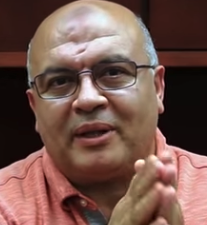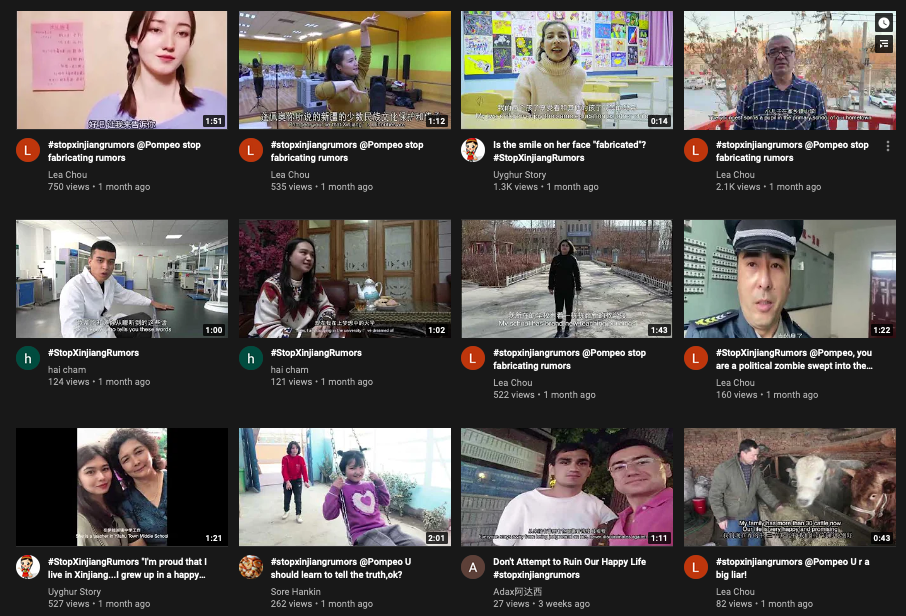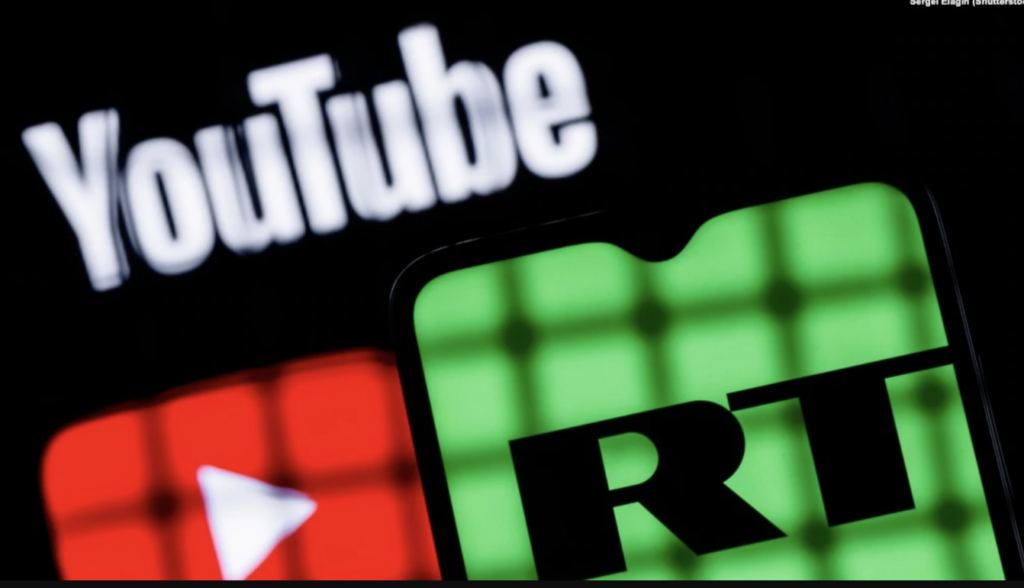Following the Russian invasion of Ukraine, US media is reporting that Google has banned Russian state-backed media outlet RT and other unidentified Russian channels from monetizing their ads on Google websites, apps YouTube videos. According to a Reuters report:
February 26, 2022 (Reuters) ‑Alphabet Inc’s Google barred on Saturday Russia’s state-owned media outlet RT and other channels from receiving money for ads on their websites, apps and YouTube videos, similar to a move by Facebook after the invasion of Ukraine. Citing “extraordinary circumstances,” Google’s YouTube unit said it was “pausing a number of channels’ ability to monetize on YouTube.” These included several Russian channels affiliated with recent sanctions, such as those by the European Union. Ad placement is largely controlled by YouTube. Google added later that it was also barring Russian state-funded media outlets from using its ad technology to generate revenue on their own websites and apps. In addition, the Russian media will not be able to buy ads through Google Tools or place ads on Google services such as search and Gmail, spokesman Michael Aciman said. “We’re actively monitoring new developments and will take further steps if necessary,” Aciman said. On Wednesday, the European Union unveiled sanctions on individuals such as Margarita Simonyan, whom it called RT’s editor-in-chief and “a central figure” of Russian propaganda. Videos from affected media will also come up less often in recommendations, YouTube spokesperson Farshad Shadloo said. He added that RT and several other channels would no longer be accessible in Ukraine after a Ukrainian government request. On Saturday, Ukraine Digital Transformation Minister Mykhailo Fedorov said on Twitter he contacted YouTube “to block the propagandist Russian channels — such as Russia 24, TASS, RIA Novosti.”
Read the rest here.
In 2017, the NYT characterized RT (formerly Russia Today) as follows:
Analysts are sharply divided about the influence of RT. Pointing to its minuscule ratings numbers, many caution against overstating its impact. Yet focusing on ratings may miss the point, says Peter Pomerantsev, who wrote a book three years ago that described Russia’s use of television for propaganda. “Ratings aren’t the main thing for them,” he said. “These are campaigns for financial, political and media influence.” RT and Sputnik propel those campaigns by helping create the fodder for thousands of fake news propagators and providing another outlet for hacked material that can serve Russian interests, said Ben Nimmo, who studies RT for the Atlantic Council. Whatever its impact, RT is unquestionably a case study in the complexity of modern propaganda. It is both a slick modern television network, dressed up with great visuals and stylish presenters, and a content farm that helps feed the European far right. Viewers find it difficult to discern exactly what is journalism and what is propaganda, what may be “fake news” and what is real but presented with a strong slant.
The Global Influence Operations Report (GIOR) has extensively covered the activities of RT.









COMMENTS
Comments are closed here.